The unnerving felt heads of sculptor Paolo Del Toro
By Jenny Brewer
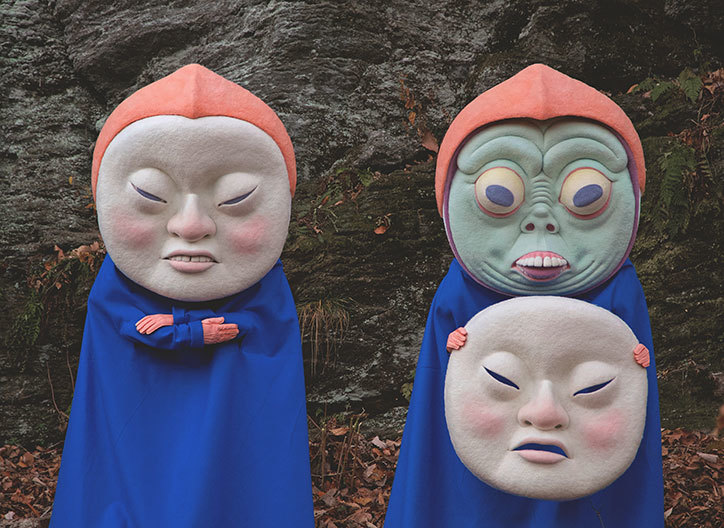
“If I’m going to watch a film, it’ll most likely to be a horror, probably a cheesy 80s horror,” says Paolo Del Toro. Becoming known internationally for his huge and rather unnerving felt heads, the British-born sculptor also references folk art and fairytales as his inspiration.
“I love outsider art and sci-fi novels, and I’m a big fan of Tove Jansson, Terry Pratchett and Haruki Murakami. Also Forteana, Jungian ideas, as well as aspects of Gnosticism. Ideas for new pieces come at any time, usually when I’m trying to do something else and I start to daydream.”
Paolo originally studied illustration but spent most of his 20s working on farms. “I was often tasked with various construction jobs: repairing barns, mending stone walls, that sort of thing. I always loved working with my hands so I don’t know why it took me so long to combine that with my creative interests in the form of sculpture.”
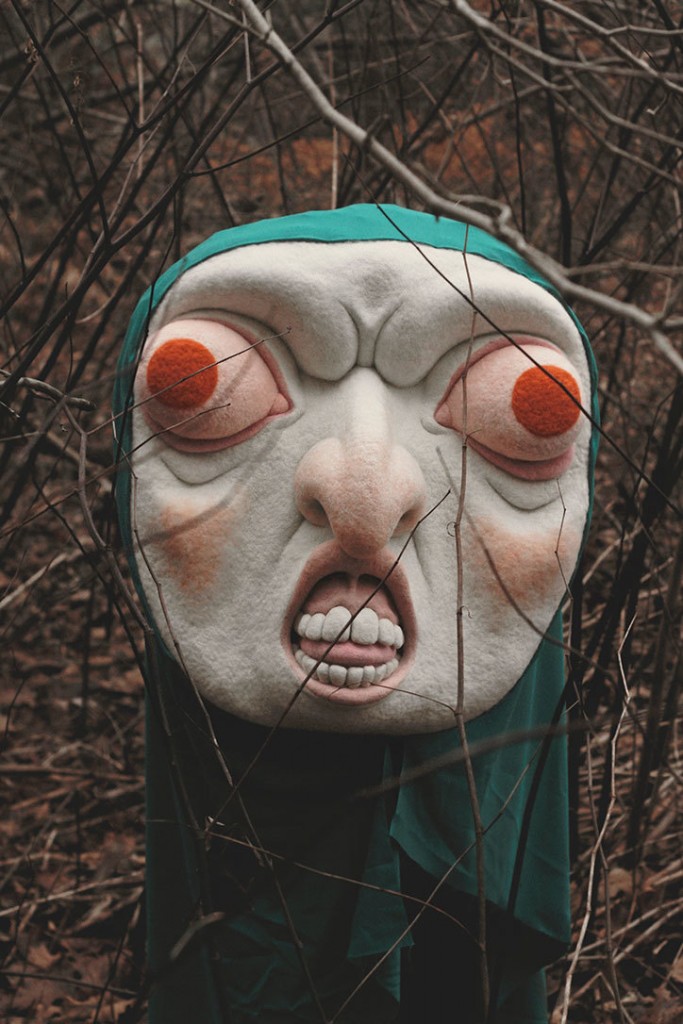
Six years ago he began to try his hand at 3D creative work, starting off by making a series of carved wooden boxes shaped as heads, which – due to his nomadic lifestyle at the time – were small, lightweight and hollow, for storing things in. When he finally settled in Pennsylvania in the US, he felt the need to expand his practice. “After working on such a small scale for so long, I decided I’d really like to make some huge sculptures. Large-scale woodworking was too expensive, but I’d discovered needle felting after making brooches for a local craft fair. The pins were a flop, but I had a lot of leftover wool, so I started to make experimental sculptures.”
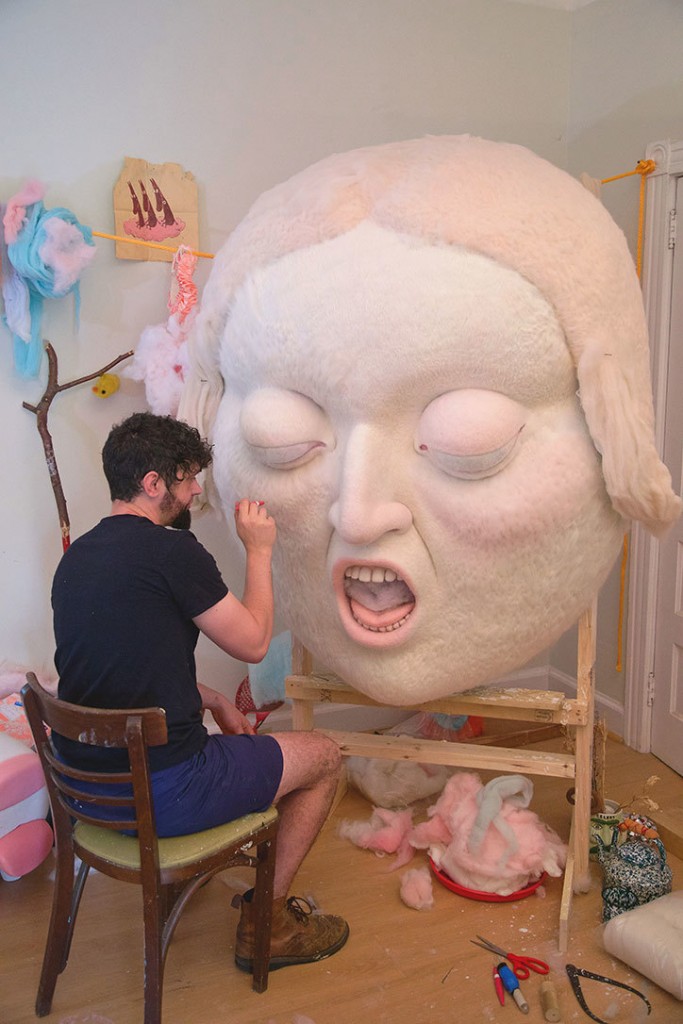
The heads he’s making now are sculpted foam with needle felt features, “a painstaking process” that can take months to complete. He recently exhibited a collection at Jonathan LeVine gallery in New York, as part of group show The Shape of Things to Come, but otherwise the sculptures live in Paolo and his wife’s apartment, “which is pretty small so it gets a little crazy”.
Next he’s working on his biggest piece so far: the head of a woman wearing a crown of flowers covered in insects, with a toad in her mouth. “It’s a goddess figure of life and death, inspired by religious sculptures from traditionally patriarchal religions, but subverts that imagery to address matriarchal themes found in witchcraft and paganism.”
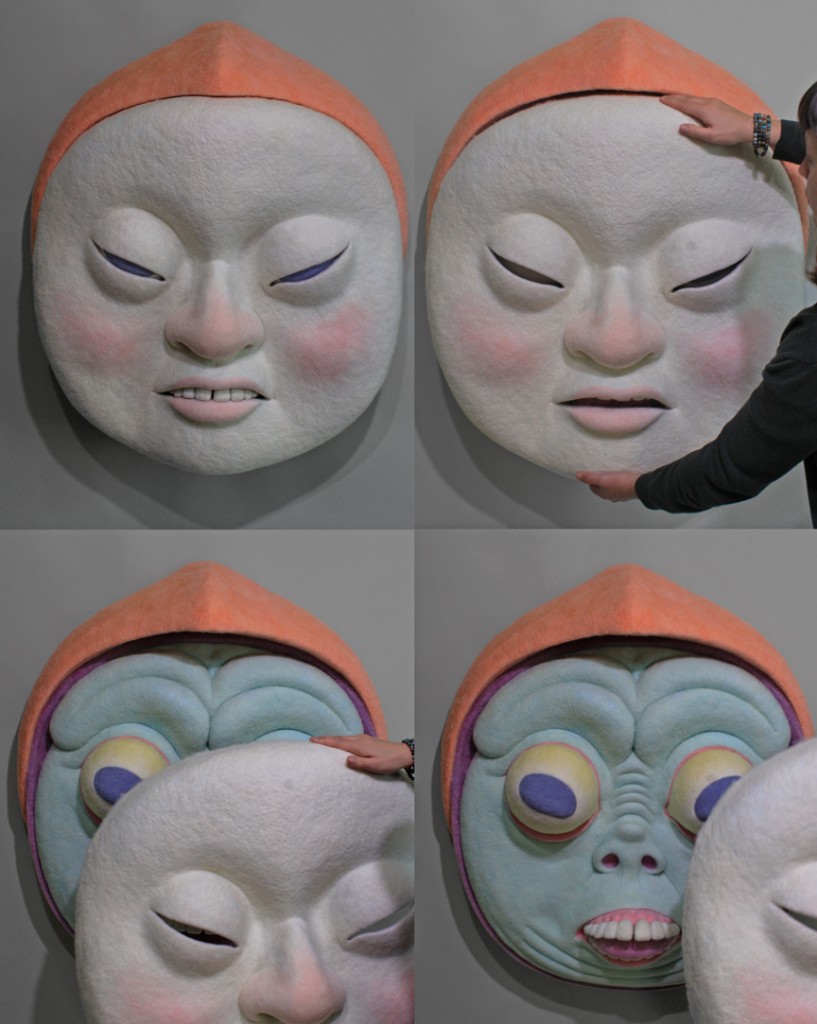
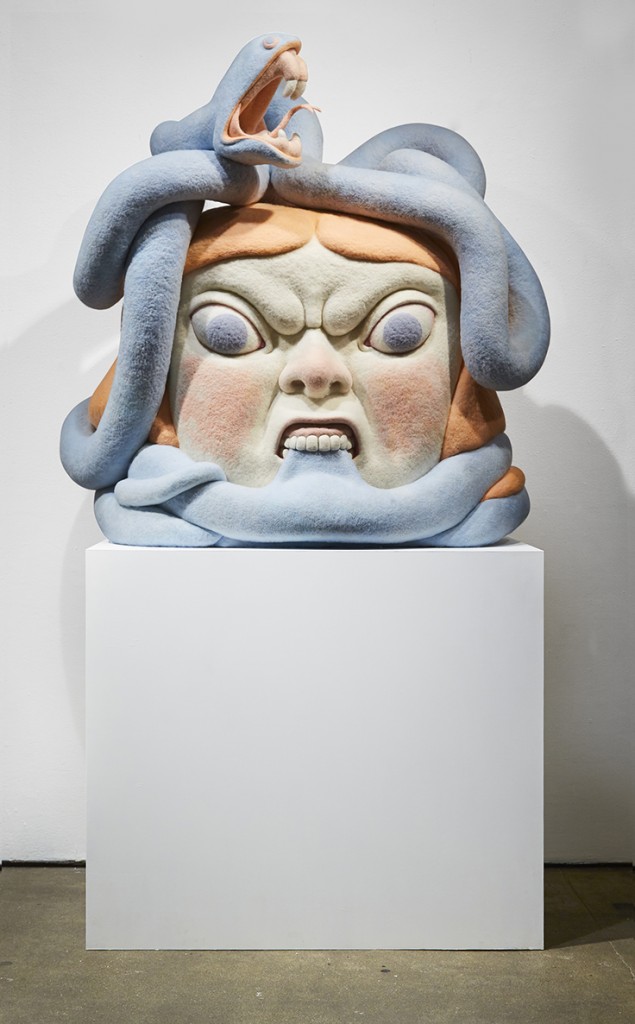
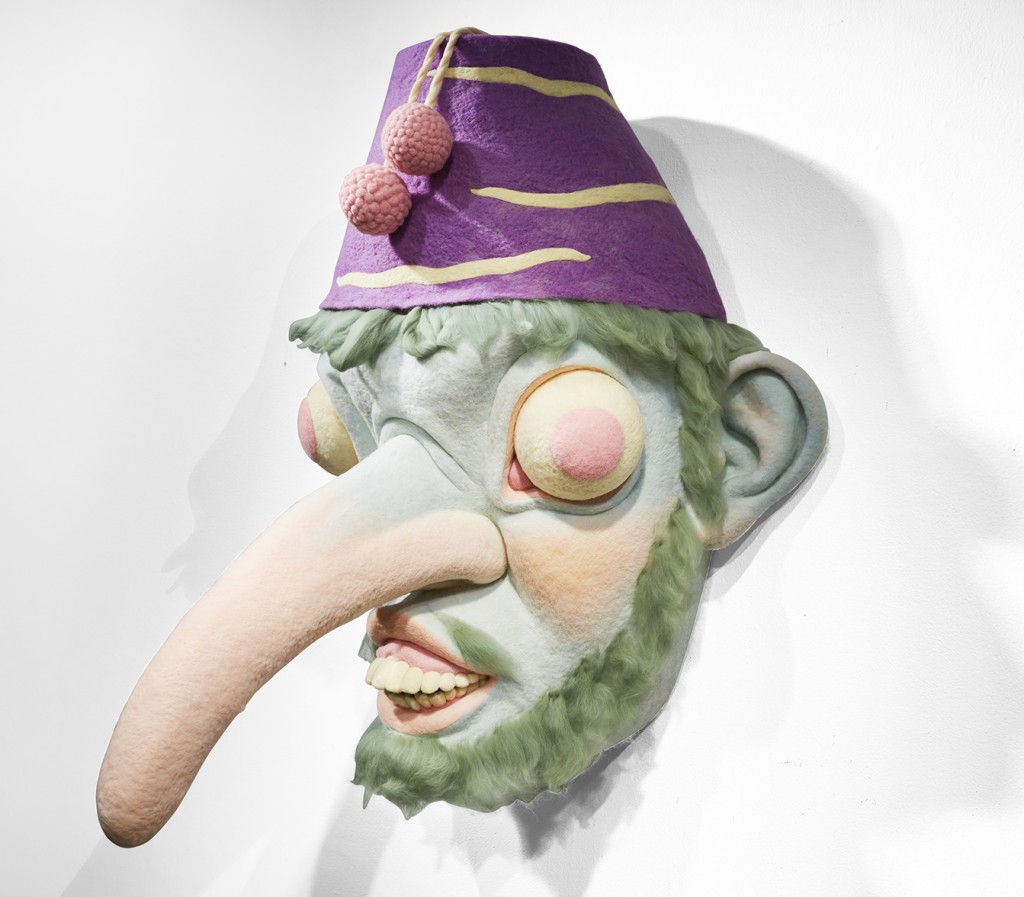
Originally featured on It’s That Nice



